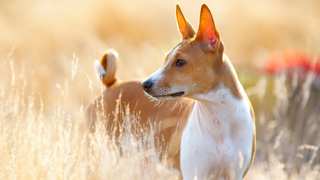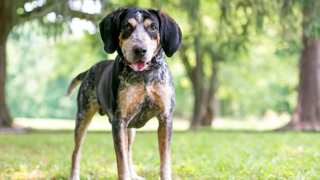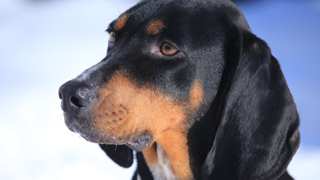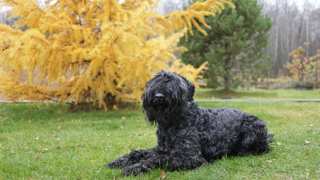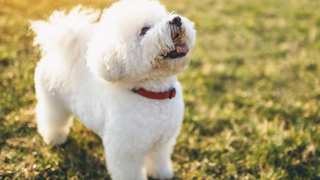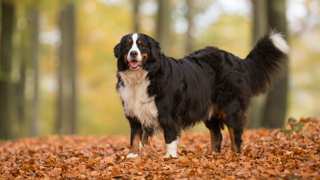Though their shaggy appearance may belie it, these dogs are active and athletic--but Sapsali exercise requirements aren't too extensive. Because they're sheepdogs, breed members will require a variety of activities that condition them physically (walking, fetch) and stimulate them mentally (games, canine sports). Sapsali make fairly good jogging companions as well.
The typical adult Sapsali, depending on its age and overall activity level, will need 45-60 minutes of proper exercise each day. You can start exercising a Sapsali puppy when it's three months old by going for short (5-minute) walks--then you can increase the walks' length as the pup grows.
A few precautions to consider with Sapsali exercise: first, puppies younger than nine months old shouldn't do too much jumping, running on hard surfaces, or navigating of stairs, as these can injure their still-developing joints and bones. And regardless of age, Sapsali will need to be leashed when in public. These dogs often have both high prey drives and strong herding instincts, and will chase small animals or try to "control" moving objects unless constrained by a leash. Even when exercising in your own yard, the area will need to be securely fenced to keep the dog from running off. Otherwise, Sapsali are healthy and hardy, and can exercise in a variety of environments and weather conditions.
Even so, owners need to exercise their Sapsali every single day. These dogs are highly task-oriented, and without consistent activity they'll become restless, destructive, and unhappy in general. Regular exercise will be great for both the dog's and your own peace of mind! A few Sapsali exercise ideas:
- Walking/Jogging: Two 20-minute walks (or 15-minute jogs) per day is a good target
- Fetch/Frisbee: Sapsali love chasing a ball, stick, or Frisbee
- Hide-and-Seek: Good indoor, rainy-day activity; give the dog a treat when it finds you
- Canine Sports: Sapsali can excel at obedience or agility trials, flyball, and other events
- Dog Park: If properly socialized, Sapsali enjoy the company of other dogs
- Hiking: Excellent bonding activity; bonus if you can find a remote area where the dog can be off-leash
When indoors, it's good to give your Sapsali access to balls or toys that will allow the dog to burn excess energy. It's also recommended that you have a regular exercise schedule for the dog, such as walks after breakfast and dinner and a play period in the afternoon.
